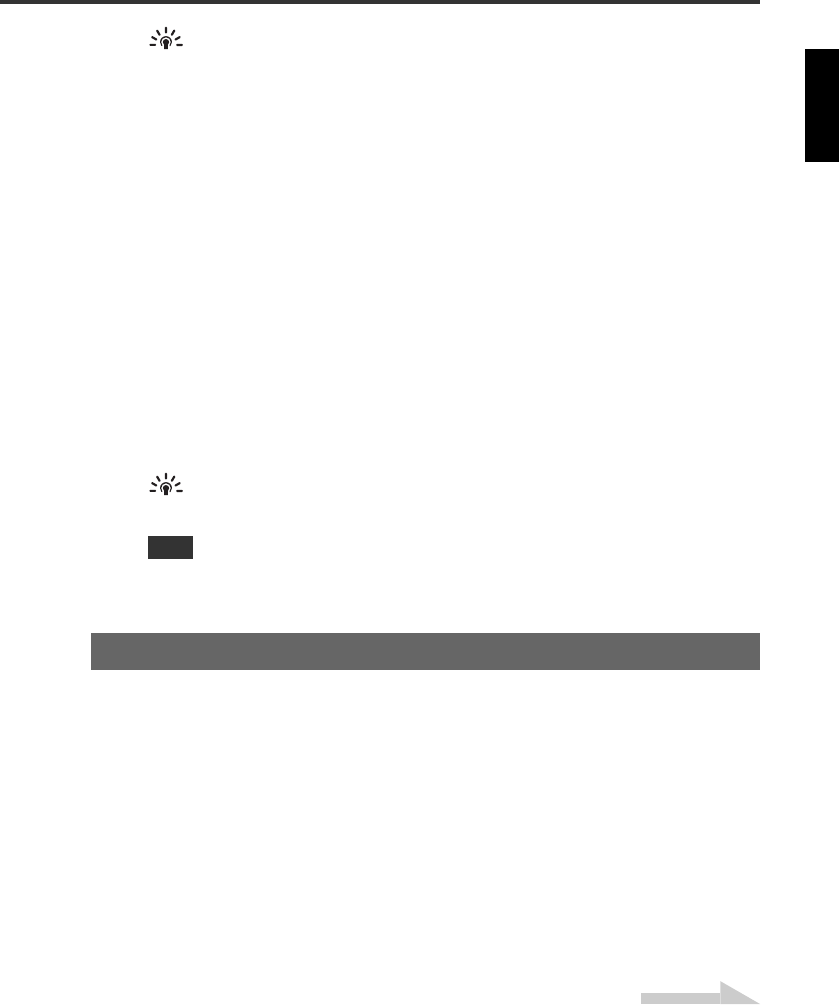
6
Partial CAV (Constant Angular Velocity)
The CLV (Constant Linear Velocity) method is generally used to write data on a CD-R
disc. In writing using the CLV method, the disc rotation speed is adjusted to keep the data
writing speed (data transfer rate) constant on all parts of the disc.
In contrast, the CAV (Constant Angular Velocity) method exercises control so as to keep
the disc rotation speed constant. Since the CAV method makes it possible to substantially
increase the maximum data transfer rate without straining of the drive, it is adopted today
for most CD-ROM drives.
CD formats define the constant linear density of written data so that the amount of written
data per disc rotation will increase as the writing point moves from the inner track to the
outer track.
With the CAV method, therefore, data is transferred at a higher rate when it is written on
the outer tracks of the disc. To achieve 24X-speed writing, the CRW3200SX drive
employs the Partial CAV method, which is a combination of the CAV method for inner
tracks and the CLV method for outer tracks.
The Partial CAV method controls the disc rotation speed so that the CRW3200SX drive
starts writing at 18X speed on inner tracks, increasing the speed to 24X as the read/write
head moves outward and holds the speed at 24X on outer tracks.
Tip
The CRW3200SX drive supports 8 cm discs.
Use only circular discs. Do not use any irregular shaped discs such as heart-shaped or
star-shaped discs to avoid the risk of malfunction.
The CRW3200SX drive is designed to operate in the following computer
environment. If your computer does not meet these requirements, the CRW3200SX
drive may not operate or write at the maximum speed.
For Windows
Computer (PC/AT compatible)
• CPU: Pentium II-class or higher, 300 MHz or faster
• RAM: 32 MB (64 MB or more is recommended)
64 MB or more is required (128 MB is recommended) for Windows 2000
Professional, while 128 MB or more is required (256 MB is recommended) for
Windows XP.
Note
System Requirements
Continued on next page


















